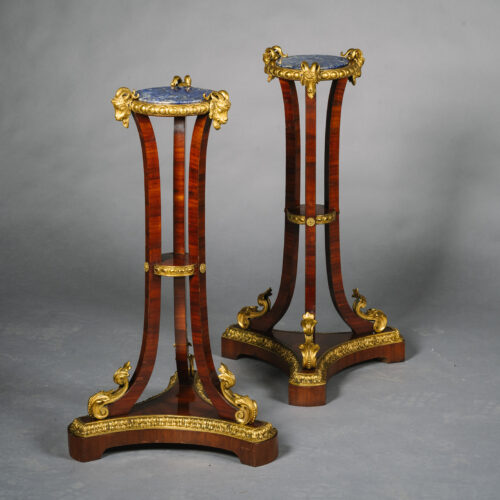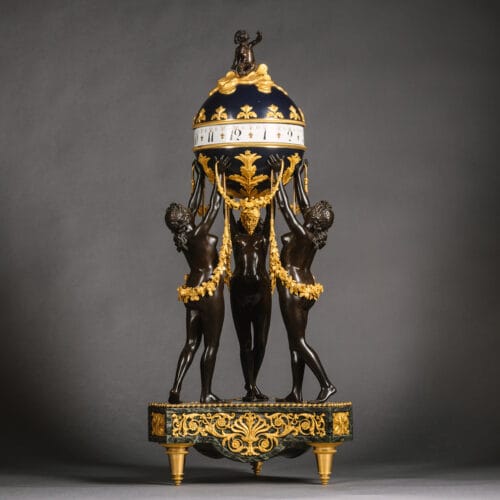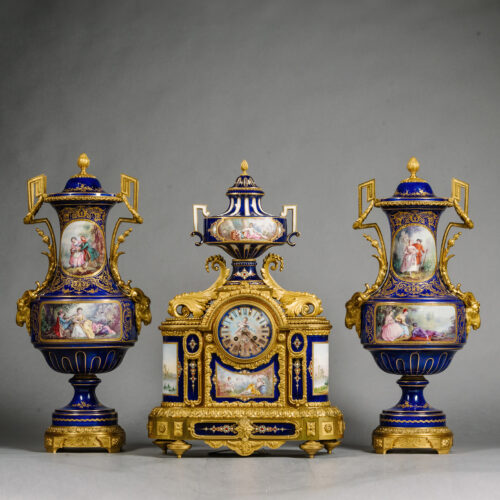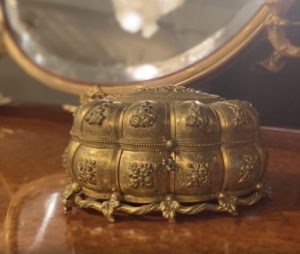Sèvres (Style)
A Fine Sèvres-Style Porcelain and Gilt-Bronze Mounted Ebonised Centre Table
£28,000
A Fine Sèvres-Style Porcelain and Gilt-Bronze Mounted Ebonised Centre Table. The top inset with a cobalt-blue ground central plaque with portrait of...
Dimensions
Height: 80 cm (32 in)Diameter: 79 cm (32 in)
Description
A Fine Sèvres-Style Porcelain and Gilt-Bronze Mounted Ebonised Centre Table.
The top inset with a cobalt-blue ground central plaque with portrait of Louis XVI, signed ‘Hété’, the foliate-chased border with eighteen further small oval plaques depicting court beauties and the Bourbon coat-of-arms, the ebonised baluster support flanked by acanthus-cast scrolled volutes joined by foliate swags, on a triform base.
France, Circa 1900.
The central medallion depicts Louis XVI (1754-1793), King of France, in his Coronation Robes after the portrait by Antoine Francois Callet (1741-1823), France 1778 – 1779 and now in the Mueo Del Prado Spain. Given by Louis XVI to the Count of Aranda, 1783 and acquired by Queen Isabel II from collection of the Duke of Híjar; it entered the Prado Museum in 1864. The portrait closely follows and follows Rigaud’s paintings of Louis XIV, with the king represented with symbols of the French monarchy.
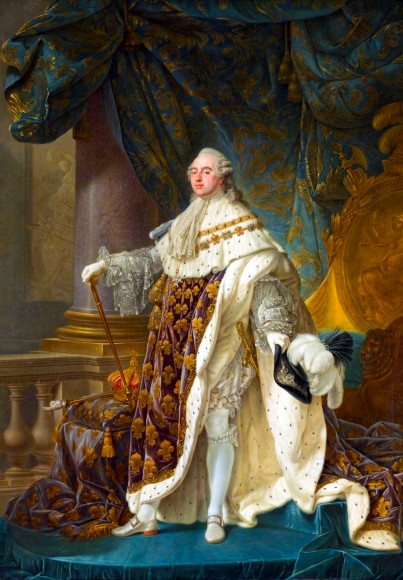
‘Louis XVI in Coronation Robes’, Callet, Antoine Francois (1741-1823), France 1778 – 1779. Oil on canvas. Muse Del Prado (P002238), Spain. Image Public Domain
Date
Circa 1900
Origin
France
Medium
Gilt-Bronze and Porcelain Mounted
Signature
The central porcelain plaque signed 'Hété'.
The Sèvres Porcelain Manufactory was founded to the east of Paris in the disused Royal Château of Vincennes, late in 1739-40. and moved to the village of Sèvres, west of Paris in 1756, en route to King Louis XV’s palace of Versailles.
Here it was also adjacent to Louis’s mistress Madame de Pompadour’s own château at Bellevue. She was delighted with the factory’s new location – as she knew she could entice Louis to take a greater interest in it when it was so near their own residences. Indeed, the King became such a keen patron of the factory that, when it ran into financial difficulties, he bought out the shareholders and became the sole proprietor. The factory remained a royal enterprise until the French Revolution, when it was nationalised.
The popularity of the Louis XV style during the nineteenth century led to a number of companies in and around Paris, creating exceptional Sèvres-Style porcelain based on eighteenth century models and to the same exceptional quality. Often these pieces were of exhibition quality and scale, and finely painted by the best studio painters of the day such as Robert, Desprez and Poitevin.
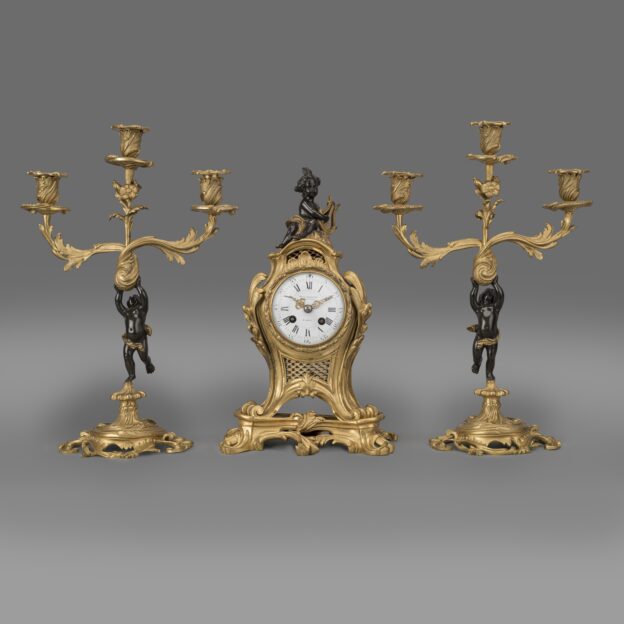




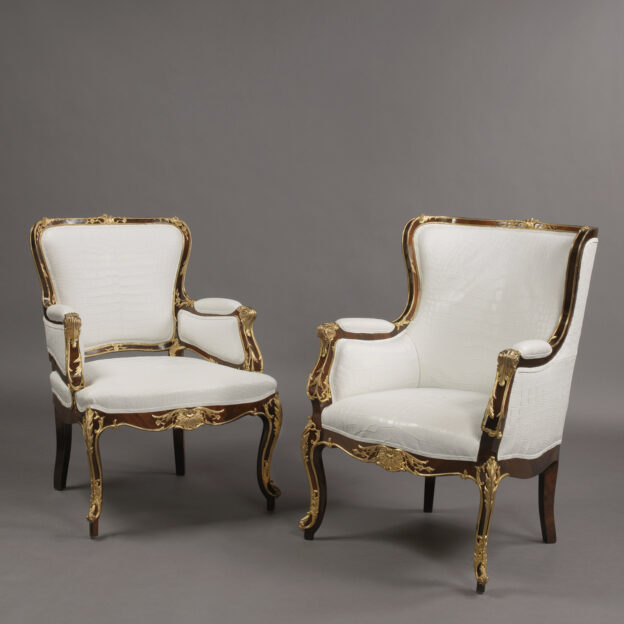
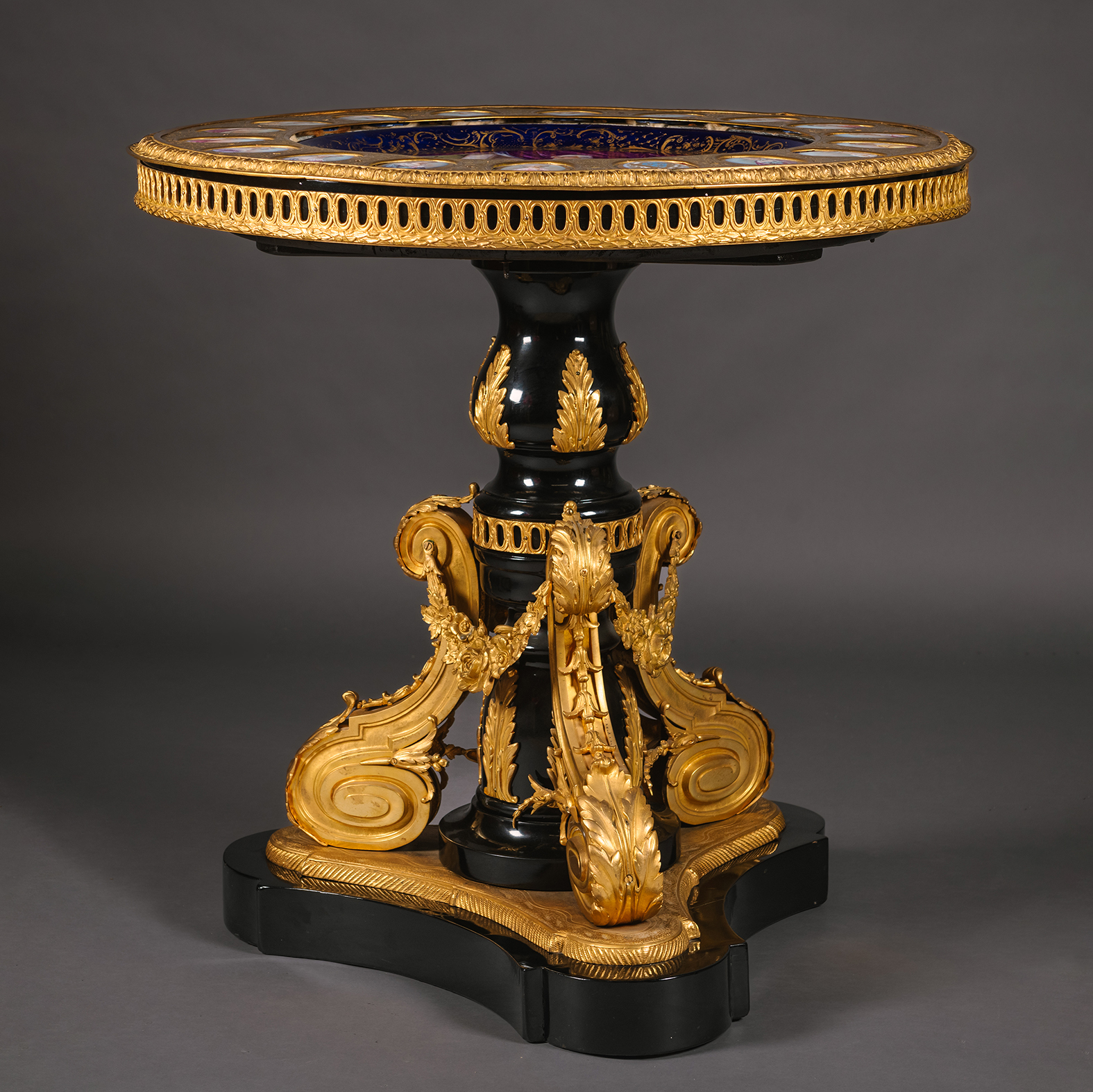
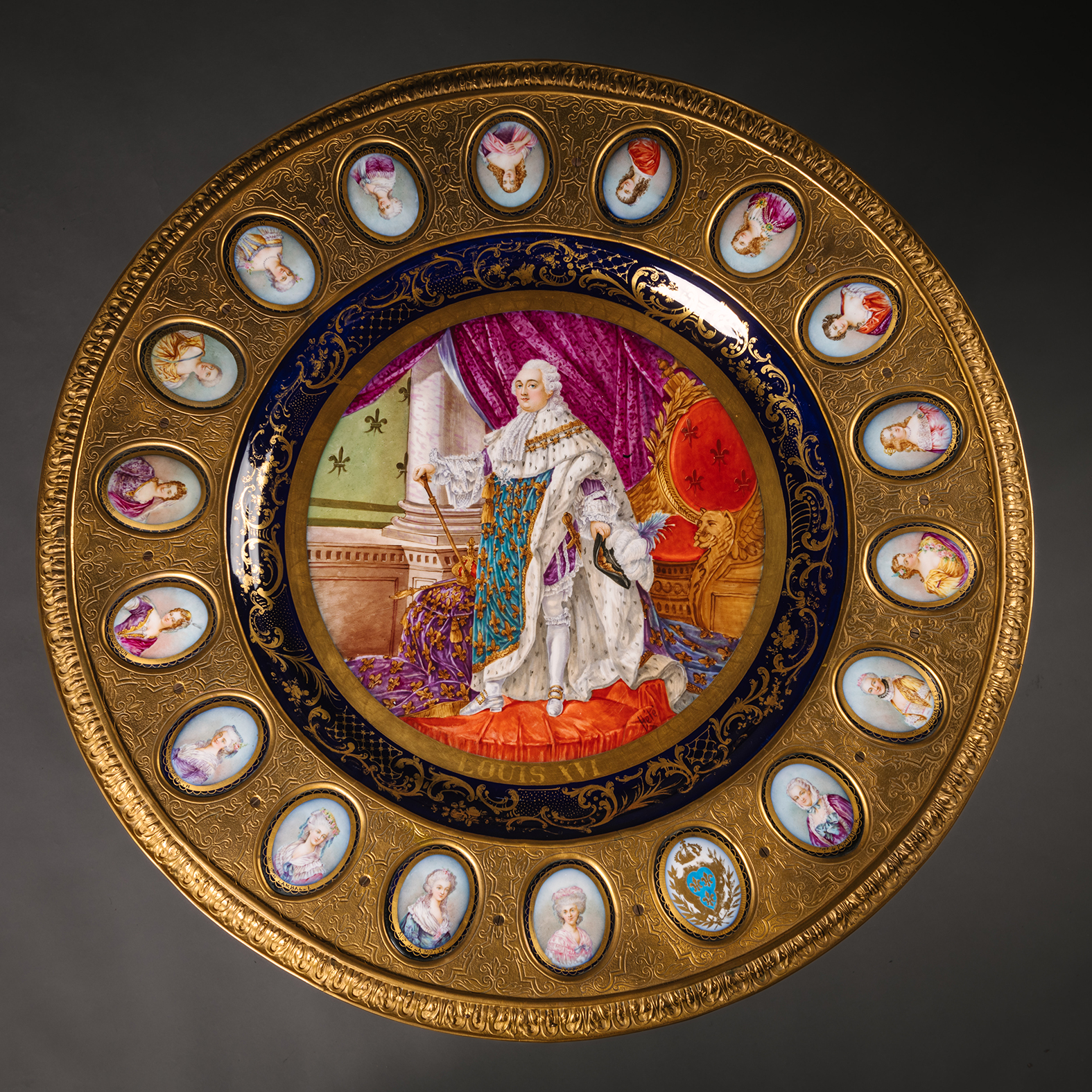
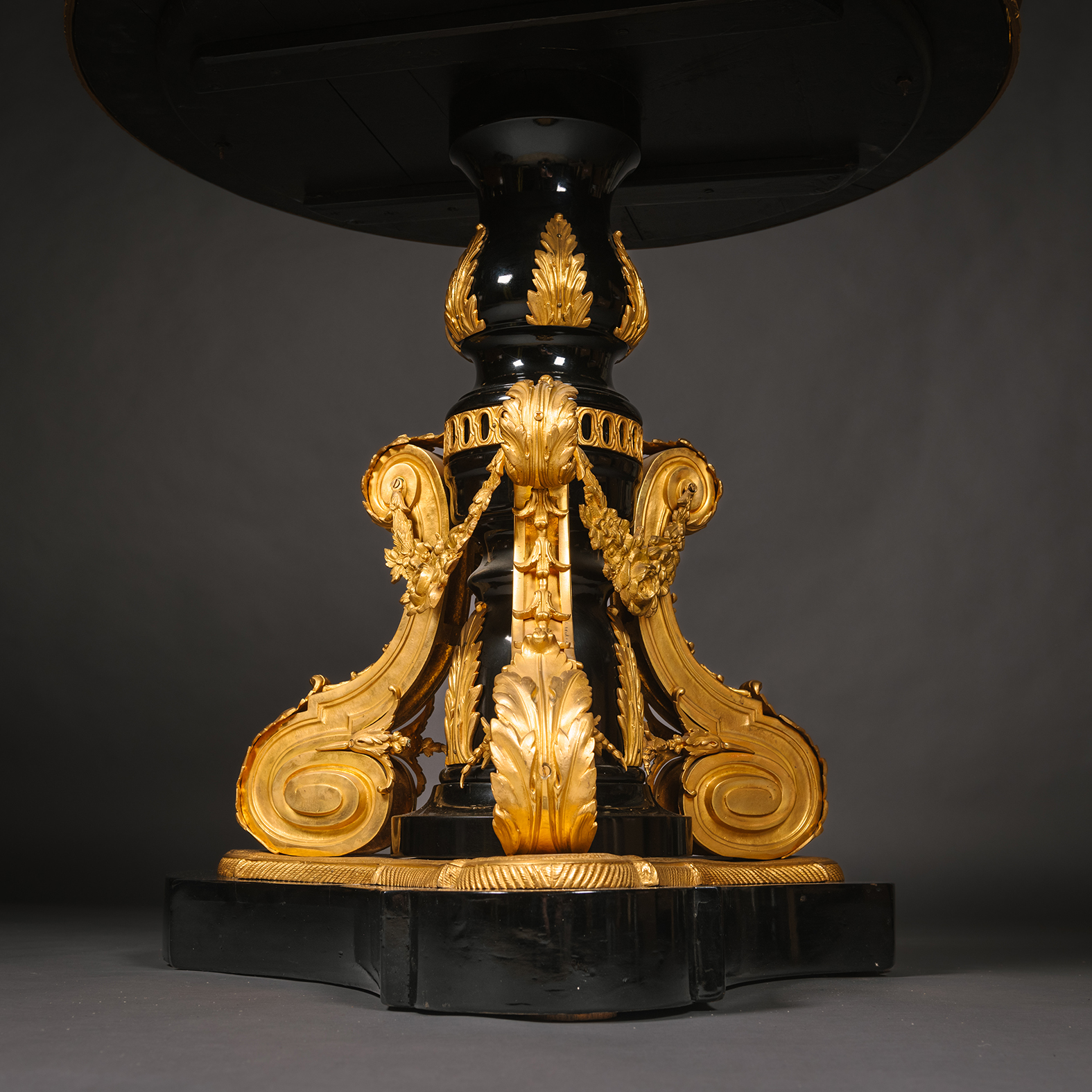
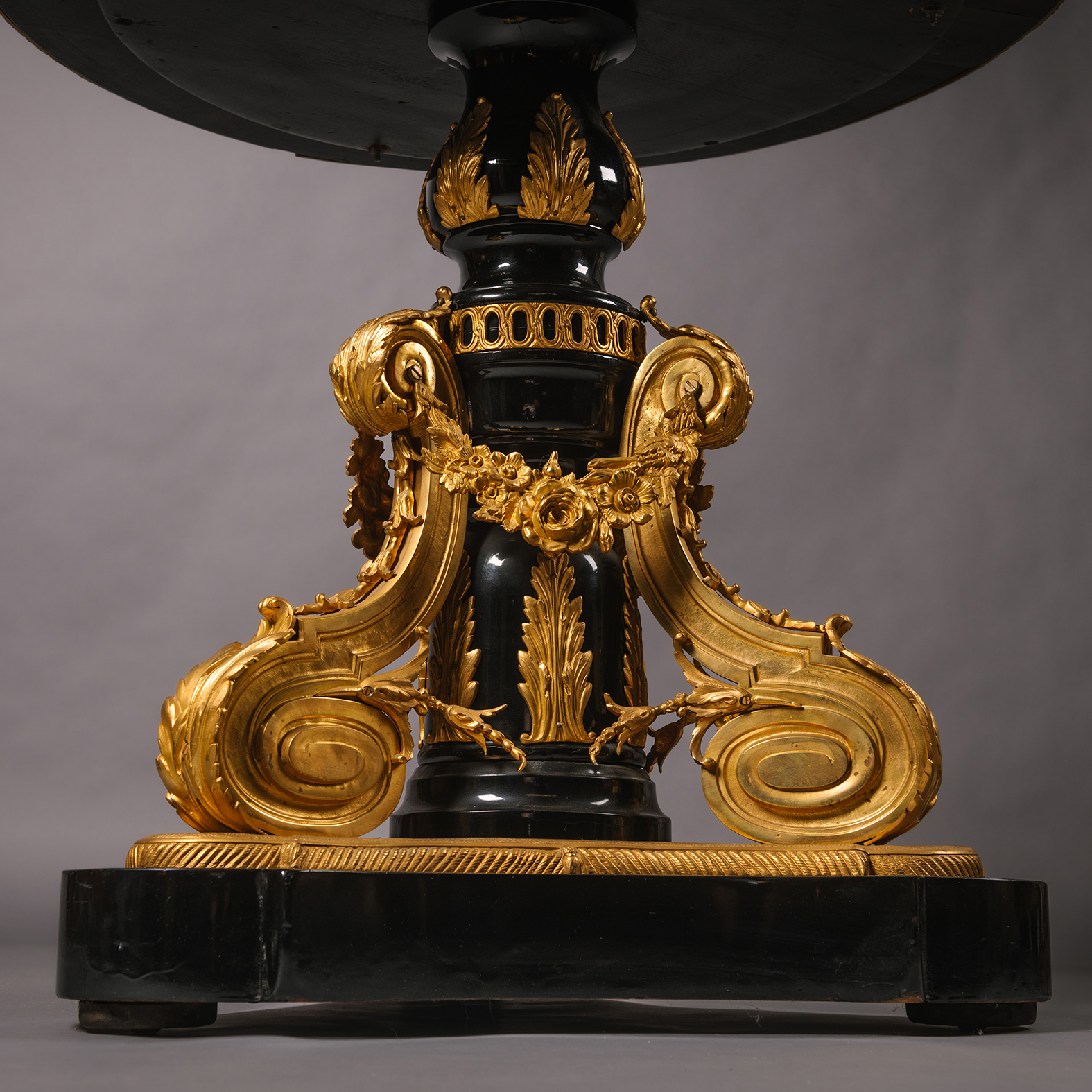

 Print
Print